Bridget Storm - Interview
by Malcolm Carter
published: 13 / 7 / 2002
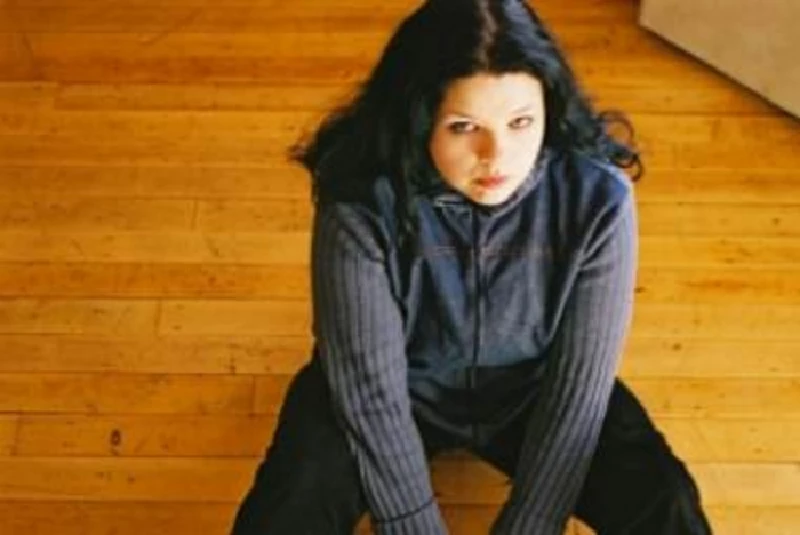
intro
One of the outstanding debut albums of the year, Bridget Storm's 'Here's What's Left' has drawn its frontwoman Julie McLarnon positive reviews from all quarters, and comparisions with Kate Bush and Tori Amos.Malcolm Carter speaks to her about the album
The debut album by Bridget Storm, ‘Here’s What’s Left’, has gained positive reviews from all quarters. I recently reviewed the album in this magazine and noted that the songs were, on initial listens, an unsettling experience. I also noted that there was something in the dark beauty of the songs that drew the listener back to the album time and time again. A couple of months later it’s an album that is still never far from my CD player. I’m still hearing new sounds with almost every play and the songs move me through a range of emotions. It’s powerful stuff. Manchester based Julie McLarnon is the heart of Bridget Storm. A former member of the Thrush Puppies, Julie wrote, arranged and produced everything on the album. She also played all the instruments (with the exception of bass, drums and strings), which add so much atmosphere to these haunting songs. Pennyblackmusic recently interviewed Julie who owns the studio where ‘Here’s What’s Left’ was recorded, and spoke to her about the studio, her influences (which are both surprising and fascinating) and, of course, about the songs on the album. The Irish Times have called Bridget Storm "a serious new talent" and, after repeated playing of ‘Here’s What’s Left’, who can argue with that? PB : The music you are producing with Bridget Storm has a very different sound to that of your previous group, the Thrush Puppies. Was it a deliberate shift in sound into something new or do the songs reflect the way you were feeling at the time? JM : I didn’t have any musical plans after the Puppies disbanded, I’d enjoyed being on the road for 3 years with my best friend. We’d had fun but we’d had enough. I was happy just to stay at home and run my little studio. Also my sister wasn’t well and I wanted to be around for my family. I never sat down and said "I’ll write a song today". They just evolved in my head. I’ve never been any good at talking to people about things that bother me and I don’t keep a diary. I just brew these words and noises in my subconscious. I wrote and recorded those songs very much in solitude. Even my friends who played on the recordings didn’t really hear the words or know what the album was about until they were given a copy a week before release. It was a cathartic process and I didn’t know if I’d do anything with the recordings. I had the studio. The songs were in my head. Recording them seemed to make sense. It was my friend Frances McKee who badgered me into making a 7” so I could put a band together and do some gigs with her band Suckle. I did and Rough Trade offered me a publishing deal at the second gig. It was their faith and encouragement that allowed me to finish the album and find the courage to release it. PB : Are the musicians who played on ‘Here’s What’s Left’ a permanent group or is Bridget Storm more of a loose collective? JM : They’re my friends, so they’re my first choice. I’ve not managed to get them all together at the same time to play live since those first gigs with Suckle in May 2000, but we’re playing The Arts Café in London soon and I’ll have the full band for that gig so I’m excited about that. PB : Where does the name Bridget Storm come from? JM : I’m Irish and most of the females in my family are called Bridget. Giving my band the name I should have given to the first of 14 children was my little piece of irony. I’m the only one out of about 56 cousins that’s not married with children. I did marry at 18, but managed to cheat my fate by getting divorced at 21 and starting a punk band, Thrush Puppies. PB : Your music has been compared to that of Tori Amos, Kate Bush and Tindersticks although the songs on ‘Here’s What’s Left’ are more edgy, albeit in a melancholy way. Who are your influences? JM : My obsession with production and recording techniques started at 9 years of age when I first discovered Bowie’s 'Hunky Dory'. I was out of step as a child. I spent the 80’s listening to early Bowie, T.Rex and Roxy Music. Great chord structures, with quirky lyrics and infectious hooks, and peppered with weird noises. That’s what I liked then and it’s what I like now. I’ve always loved well written songs regardless of when they were written or by whom. I listen to a lot of Dusty Springfield because she got to sing some fantastic songs and you never get tired of hearing her voice. It is the same with Gladys Knight, the Carpenters and Elvis. I was classically trained so I don’t feel confined to rock/pop formats. I’ll have a Mid 15 rather than a Mid 8 if that’s what I need to create the feel that I want, I’ll find a good hook and only play it once rather than repeating it. That’s why the songs grow on people. Bridget Storm is not instantaneous but I wanted to make a record that people can go back to in 5 years and still enjoy. PB : Yes, I agree about the songs growing on people and I was going to say that you’ve produced a record that is timeless in a way. It doesn’t feel like it is going to sound dated in years to come. Are you concerned, especially as ‘Here’s What’s Left’ gained good reviews, that the pressure is on you now to come up with another collection of such affecting songs? JM : I’m glad that you think the album won’t date easily. Sonically that was my agenda. That’s why I kept it so organic and sample free. ‘Here’s What’s Left’ is a concept album, in that every song is either for or about my sister or about me dealing with losing my sister. I have other songs, some of which are already recorded, that weren’t about my sister so I didn’t include them in that album. As I have a stake in the record label I’m free from the pressures of release schedules so I won’t release the next album until I feel it’s finished and I’m proud of it. PB : The album was recorded at your own studio, ACAT001, can you tell us a little about that? Did you personally have some input into what type of equipment was installed? JM : I’ve been collecting and butchering gear since I was a child. The studio is currently a 16 track analogue tape machine. My old Allen and Heath desk died half way through the album so I had to succumb to a Berringher desk. I’ve got New Order’s old sync box, one of Strawberry’s delay units, Thin Lizzy’s rack case and all my tapes are stored in the Hacienda’s old reception desk. I installed it all myself. I have an input multicore that’s 300ft long. I can drag that into any room in my house, so effectively I have 10 live rooms. I use mainly natural reverbs. I bought the house for its acoustics. It used to belong to the pianist from the Halle Orchestra, and the fully tiled bathroom is just like an old reverb chamber. I don’t have loads of effects. I enjoy making weird noises organically, using tape loops, analogue keyboards and odd recording techniques. I don’t use any samplers or sequencers. I don’t like that crisp, digital sound. PB : You trained at Strawberry Studios in Stockport under Martin Hannett. Although it has never been mentioned in any review I’ve read, the sound on some of the tracks on ‘Here’s What’s Left’ remind me of Joy Division. They have a kind of mysterious tension about them, and are at times frightening but are always tinged with beauty. Did working with Martin Hannett influence you in any way? JM : Yes, I dropped out of music college and went to Strawberry when I was 17, I loved what Martin had done with both Nico and Joy Division. It was there that I learnt to get creative with effects. Though Martin got most of the credit Chris Nagle’s input was as important to those sessions. After Martin died and I left Strawberry I carried on working alongside Chris in various studios. He mixed 3 tracks on ‘Here’s What’s Left’. I was very lucky, I spent my youth in studios surrounded by people that are now considered legendary, working on records that are now called classics. I was in the right place at the right time. I’ll admit when I came to mix ‘Conditioning’ from the album I said to myself “I’m going to do Hannett on this one”. Thanks for spotting it. New Order’s manager spotted it too. PB : How has the reception been at the recent gigs, especially the one where you opened for the American Songwriters Circle which includes Deanna Varagona from Lambchop and Robert Fisher from Willard Grant Conspiracy? JM : It’s been really good, I deliberately waited a few weeks after the release of the album before playing gigs to give people a chance to hear it. Songs like ‘Oraine’ and ‘Wake’ still upset me and I couldn’t go out and attempt them if people were just going to be talking and getting the drinks in, but the audiences have been very attentive. The American Songwriters Circle was great fun. They all arrived at my house in the morning and we recorded 4 songs in my studio, then we went and played and came back and finished the recordings. They’ve left the tapes with me and I’m going to add some stuff and mix them,and then meet Robert in a London studio next week, where I might make a contribution to the next Willard Grant album. A lot of people in that Americana scene like what I do which is funny, because I don’t think there’s an American or country sound to Bridget Storm, but maybe that’s why they like it. PB : You say that songs like ‘Wake’ and ‘Oraine’ still upset you and that writing them was a cathartic process. Being very personal songs written about your sister who died in 1999, were you aware that by releasing them they would possibly help others in a similar situation? I’ve a feeling that some of your songs will help people through their dark times. JM : It’s pretty impossible for me to know what my songs might mean to others, but I guess losing someone before you said those things that needed to be said is a feeling that haunts a lot of people, so if those songs offer some sort of company during those heavy hearted hours then that’s good. I’d rather have not experienced the last 3 years. I’d much rather have my sister back than have made this record but as that’s not a choice I have to be philosophical and be grateful that I was able to channel all those negative thoughts and feelings into something positive that may also be positive for a few other unfortunates. PB : The front cover and inlay of the CD have pretty striking images. They evoke childhood memories, for me anyway. The empty chair on a deserted beach is particularly effective and conveys the mood and tone of some of the songs on the album. Why did you decide on such images? JM : I had that cover in my mind from the start. My sister and I played with those toys on that beach, so it was a very literal statement. The picture on the actual CD is my sister on that beach when she was about 11. My friend Lauren and I went there at about 5am to take the photos. The tattered chair was already there. It was the only thing there. It was just one of those weird things that wasn’t in the plan but fitted perfectly. PB : The track ‘Quaalude Interlude’ seems an odd choice to include on the album, it being a version of ‘Heartbreak Hotel’, although it suits the mood and fits in perfectly. What made you decide to record it and what is the main instrument? I’ve heard it described as various instruments, a xylophone being one. JM : I collect wind-up music boxes. The last Christmas present my sister bought me was a wind-up Elvis playing ‘Heartbreak Hotel’. I recorded it then slowed the tape up. ‘Quaalude Interlude’ is a moment of musical irony. I realised that it was a very sad album but making a track using that music box was my little in-joke with Lorraine. PB : What projects are you currently working on and what have you planned for the future? JM : I’m producing the next Suckle album, I’m mixing those tracks for the American Songwriters Circle and I’m mixing an album of Bridget Storm instrumentals for Rough Trade Publishing. They’re very good at placing their artists’ music in art-house films. This week I’m rehearsing for the gig in London. I want to spend August and September in the studio then I think we’re playing in Spain and The U.S. in October/November. I’m happiest in the studio, so I’m looking forward to getting back in there after this London gig. PB : Thank you, Julie.
Picture Gallery:-
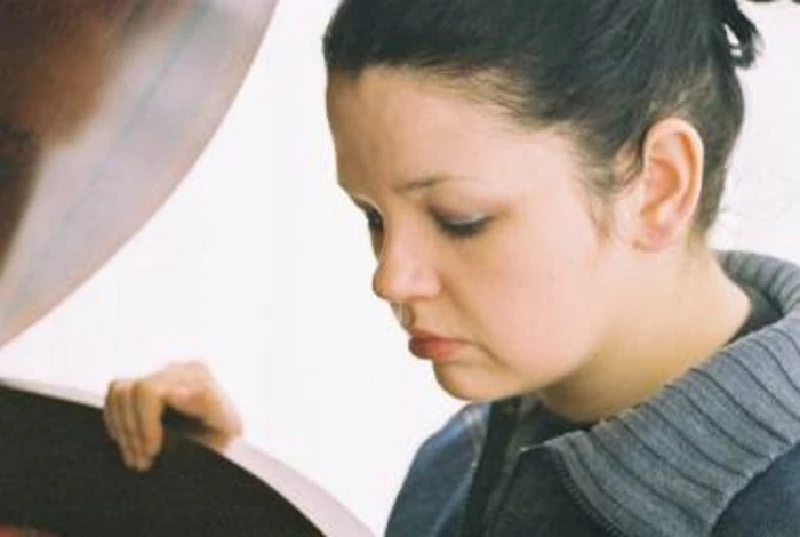
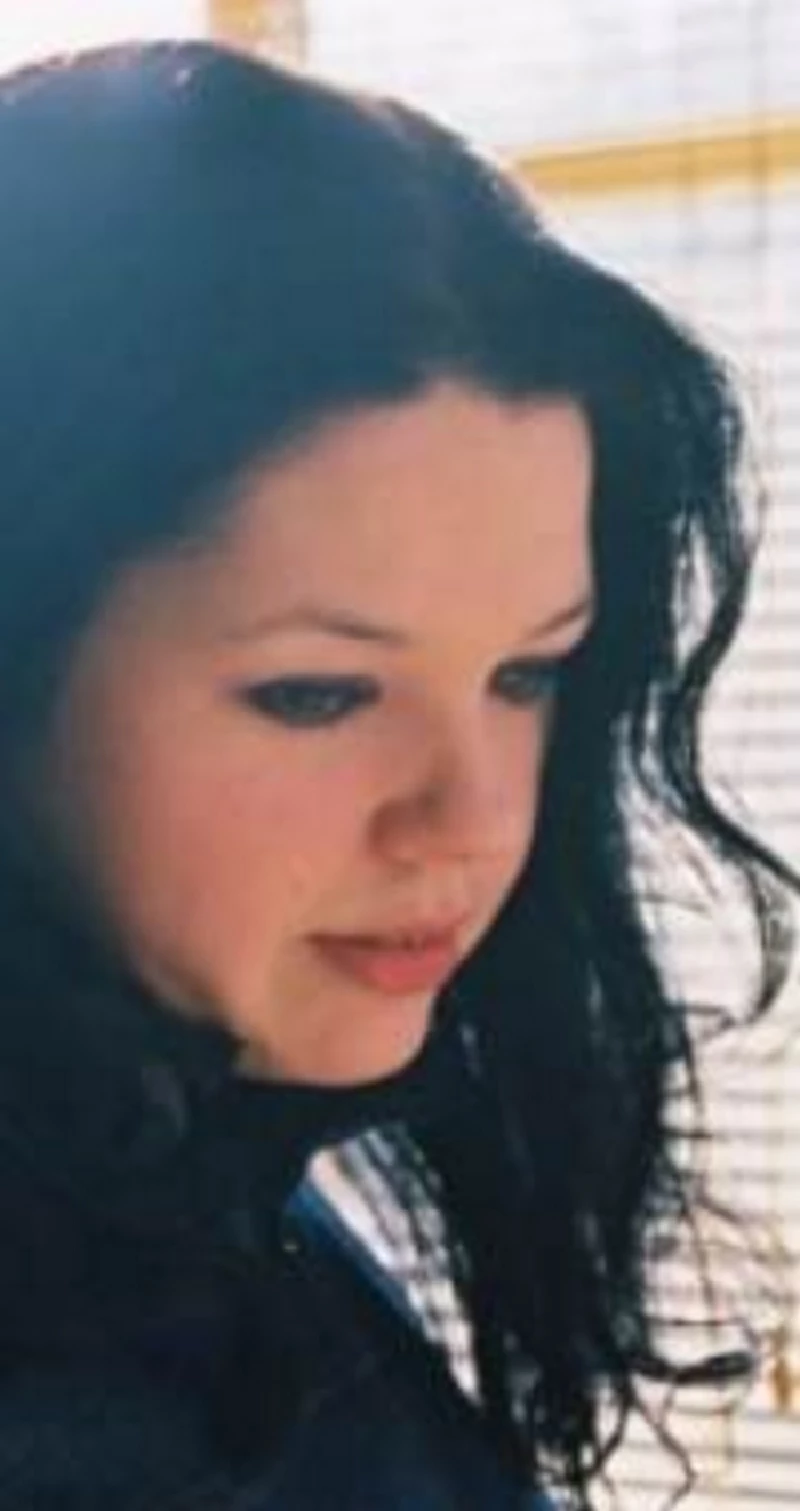
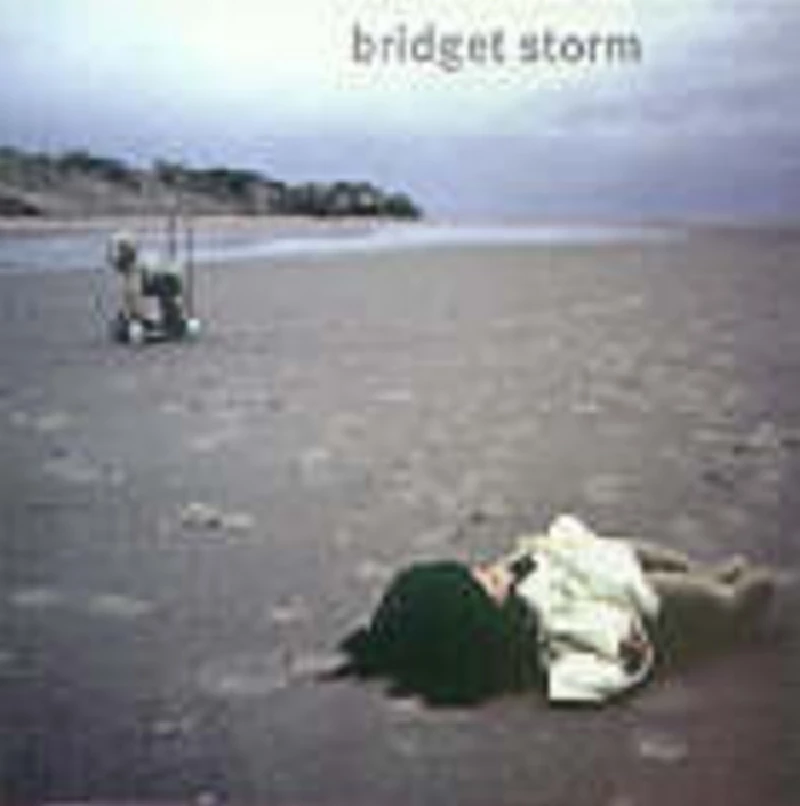
reviews |
|
Here's What's Left (2002) |
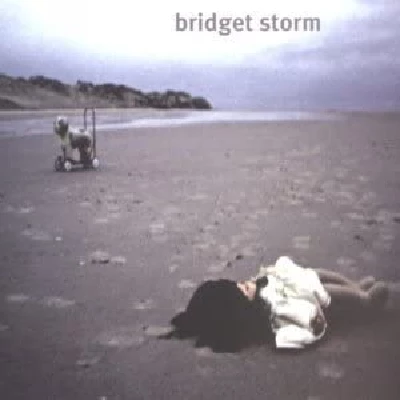
|
| Unsettling, but beautiful and compelling debut offering from Mancurian solo artist , producer and former riot girl Julie McLarnon , who has drawn comparisions with Tindersticks, Kate Bush and Portishead |
most viewed articles
current edition
Screamin' Cheetah Wheelies - Sala Apolo, Barcelona, 29/11/2023 and La Paqui, Madrid, 30/11/2023Anthony Phillips - Interview
Difford and Tilbrook - Difford and Tilbrook
Rain Parade - Interview
Oldfield Youth Club - Interview
Autumn 1904 - Interview
Shaw's Trailer Park - Interview
Cafe No. 9, Sheffield and Grass Roots Venues - Comment
Pete Berwick - ‘Too Wild to Tame’: The story of the Boyzz:
Chris Hludzik - Vinyl Stories
previous editions
Microdisney - The Clock Comes Down the StairsHeavenly - P.U.N.K. Girl EP
World Party - Interview
Michael Lindsay Hogg - Interview
Ain't That Always The Way - Alan Horne After The Sound of Young Scotland 2
Joy Division - The Image That Made Me Weep
Dwina Gibb - Interview
World Party - Interview with Karl Wallinger
Barrie Barlow - Interview
Prisoners - Interview
most viewed reviews
current edition
Marika Hackman - Big SighSerious Sam Barrett - A Drop of the Morning Dew
Rod Stewart and Jools Holland - Swing Fever
Loves - True Love: The Most of The Loves
Ian M Bailey - We Live in Strange Times
Paul McCartney and Wings - Band on the Run
Autumn 1904 - Tales of Innocence
Roberta Flack - Lost Takes
Banter - Heroes
Posey Hill - No Clear Place to Fall
Pennyblackmusic Regular Contributors
Adrian Janes
Amanda J. Window
Andrew Twambley
Anthony Dhanendran
Benjamin Howarth
Cila Warncke
Daniel Cressey
Darren Aston
Dastardly
Dave Goodwin
Denzil Watson
Dominic B. Simpson
Eoghan Lyng
Fiona Hutchings
Harry Sherriff
Helen Tipping
Jamie Rowland
John Clarkson
Julie Cruickshank
Kimberly Bright
Lisa Torem
Maarten Schiethart